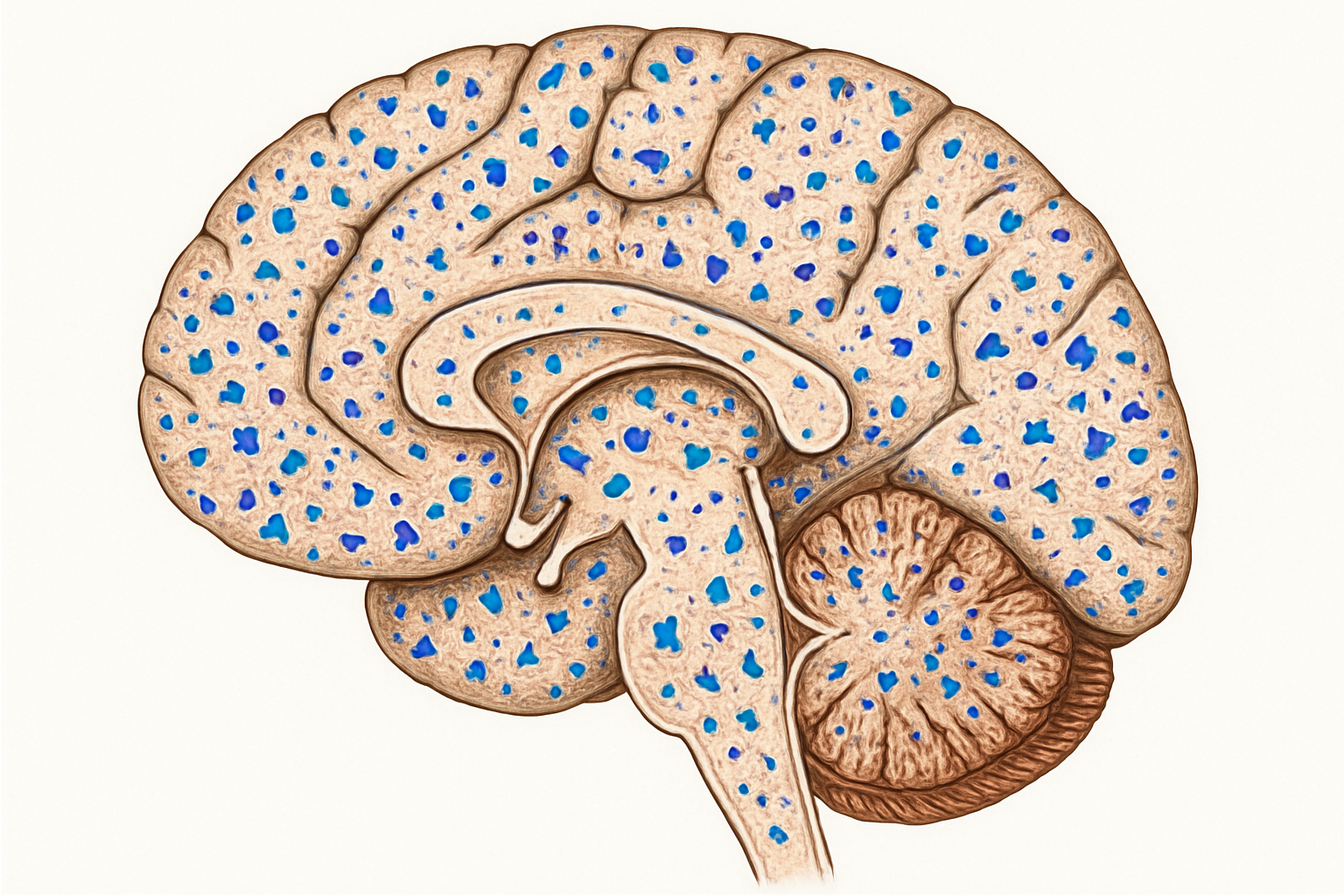
Brain Contamination Crisis: Microplastics Infiltrating Neural Tissue
A shocking new body of research has revealed that microplastics are accumulating in human brain tissue at alarming levels, with some samples containing up to 0.5% plastic by weight. This unprecedented contamination of our most critical organ represents a neurological crisis that demands immediate attention from healthcare providers, regulators, and consumers worldwide.
The Disturbing Discovery: Brains Full of Plastic
Recent studies have shattered the long-held belief that the blood-brain barrier protects our neural tissue from environmental contaminants. Research led by Dr. Matthew Campen at the University of New Mexico found that human brain samples contained 10 to 20 times more microplastics than other organs, including the liver and kidneys.
The findings are particularly alarming when considering the timeline of contamination. Brain samples collected in 2024 showed 50% higher microplastic concentrations compared to samples from 2016, indicating that neural contamination is accelerating at an unprecedented rate. This rapid increase mirrors the exponential growth of plastic pollution in our environment.
Quantifying the Neural Invasion
The scale of brain contamination defies comprehension. Twenty-four brain samples collected in early 2024 measured an average of 0.5% plastic by weight. To put this in perspective, this means that in a typical 1,400-gram human brain, approximately 7 grams could be plastic particles—roughly equivalent to a teaspoon of plastic fragments embedded within neural tissue.
Dr. Campen's reaction to these findings was visceral: "There's much more plastic in our brains than I ever would have imagined or been comfortable with." The research describes the brain as "one of the most plastic-polluted tissues yet sampled," a designation that should alarm anyone concerned about neurological health.
The Dementia Connection: A Terrifying Link
Perhaps the most disturbing aspect of the brain contamination research involves its potential connection to neurodegenerative diseases. In Dr. Campen's study, brain samples from individuals who died with dementia, including Alzheimer's disease, contained up to 10 times more plastic by weight than healthy brain samples.
This correlation raises profound questions about the role of microplastics in cognitive decline and neurodegeneration. While causation has not been definitively established, the association is strong enough to warrant immediate investigation and preventive action.
Implications for Alzheimer's Disease
The potential link between microplastic contamination and Alzheimer's disease could revolutionize our understanding of neurodegenerative disorders. If plastic particles contribute to cognitive decline, this would represent a largely preventable cause of dementia that affects millions of people worldwide.
Current Alzheimer's research focuses primarily on genetic factors and protein aggregation, but environmental toxins like microplastics may play an equally important role in disease development and progression.
Sources of Neural Contamination
Understanding how microplastics reach our brains is crucial for prevention. Our comprehensive analysis of 599 products reveals that certain categories pose particularly high risks for neural contamination.
High-Risk Products for Brain Health
Based on our database analysis and contamination research, several product categories show concerning levels of microplastic contamination that could contribute to neural accumulation:
Baby Formula and Infant Products
Infant brains are particularly vulnerable to microplastic contamination due to their developing blood-brain barrier. Products like Gerber Baby Food show concerning contamination levels, representing a critical threat to developing neural tissue.
Bottled Water and Beverages
Beverages represent a primary source of microplastic ingestion. Many bottled water brands show concerning contamination levels that could contribute to neural accumulation over time. Our product database reveals significant variations in contamination levels across brands.
Processed Foods in Plastic Packaging
Foods processed and packaged in plastic containers show consistently higher contamination levels. The mechanical processing and plastic contact during manufacturing create ideal conditions for microplastic generation and food contamination.
Brand Analysis: Neural Risk Assessment
Our comprehensive brand analysis reveals significant variations in contamination levels that could impact brain health. Consumers concerned about neural contamination should prioritize brands with consistently low microplastic levels.
High-Risk Brands for Neural Health
Certain brands show patterns of contamination across multiple products that could contribute to cumulative brain contamination:
- Nestle: Multiple products showing significant contamination across categories
- Conventional beverage brands: Plastic-bottled products with high particle counts
- Processed food manufacturers: Products with extensive plastic contact during processing
Safer Alternatives for Brain Protection
Brands demonstrating commitment to reducing microplastic contamination offer better protection for neural health:
- Organic Valley: Dairy and plant-based products with minimal plastic exposure
- Whole Foods 365: Organic products with safer packaging and processing methods
- Trader Joe's: Private label products with reduced plastic contamination
Consumer Protection Strategies
While the research on brain contamination is alarming, consumers can take immediate steps to reduce their exposure to microplastics and protect their neurological health.
✅ Safer Choices
- Choose glass or stainless steel containers
- Select organic products with minimal processing
- Avoid heating food in plastic containers
- Filter tap water instead of buying bottled
- Choose brands with low contamination ratings
⚠️ Products to Avoid
- Single-use plastic bottles and containers
- Highly processed foods in plastic packaging
- Products with high contamination ratings
- Plastic tea bags and coffee pods
- Microwaveable plastic containers
Related Research
Microplastics and Heart Disease
4.5x increased risk of heart attack and stroke from contamination
Fertility Under Attack
How microplastics threaten reproductive health
Products to Avoid
Top 10 highest contamination products in our database
Safest Alternatives
Clean products with minimal contamination levels